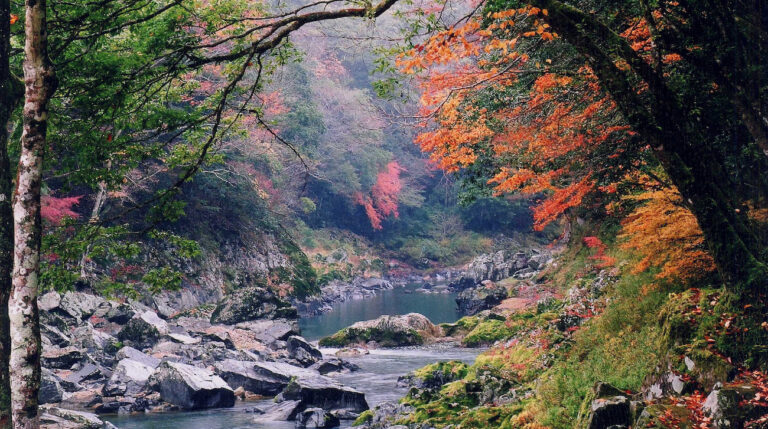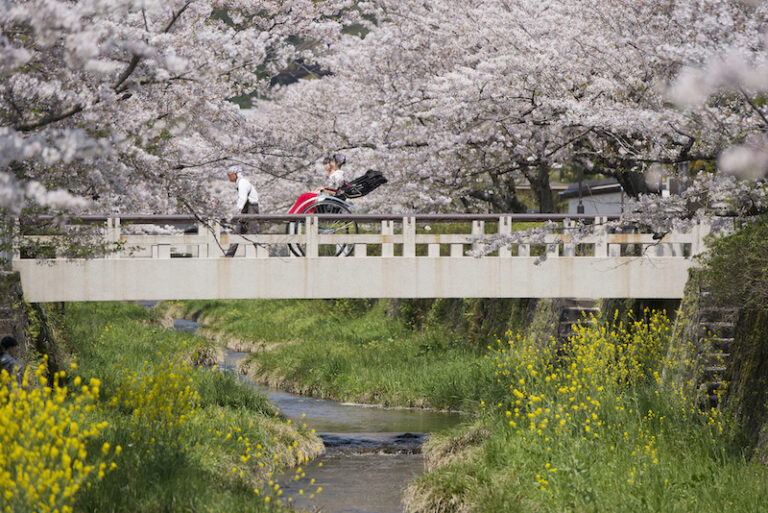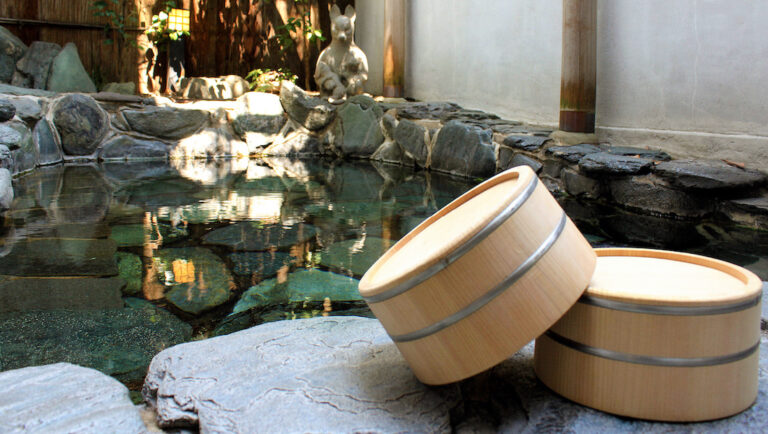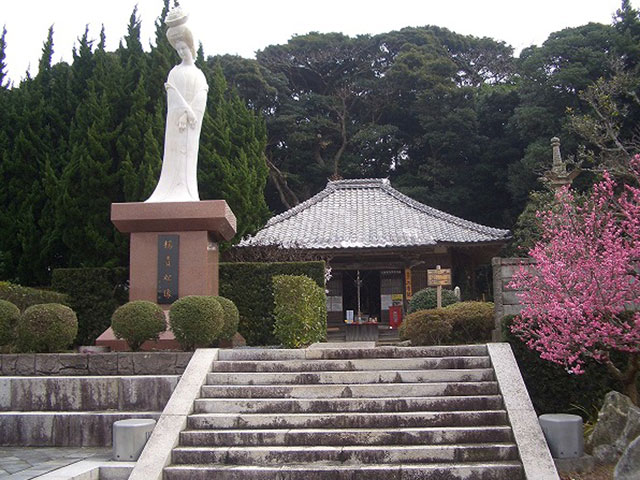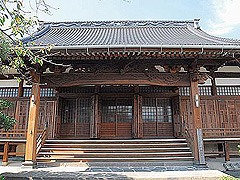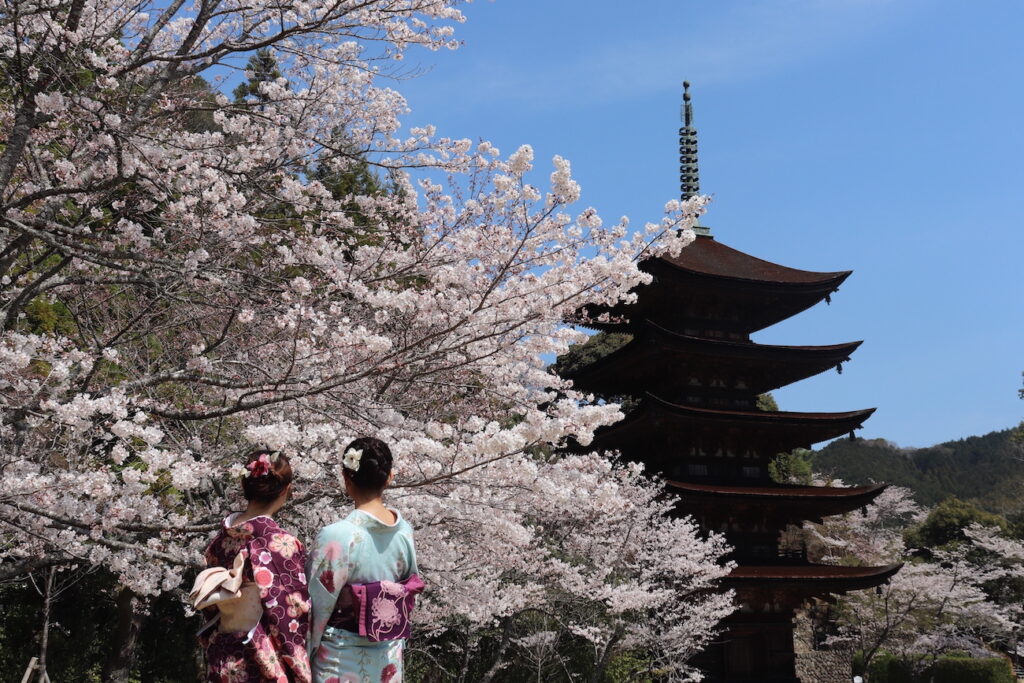

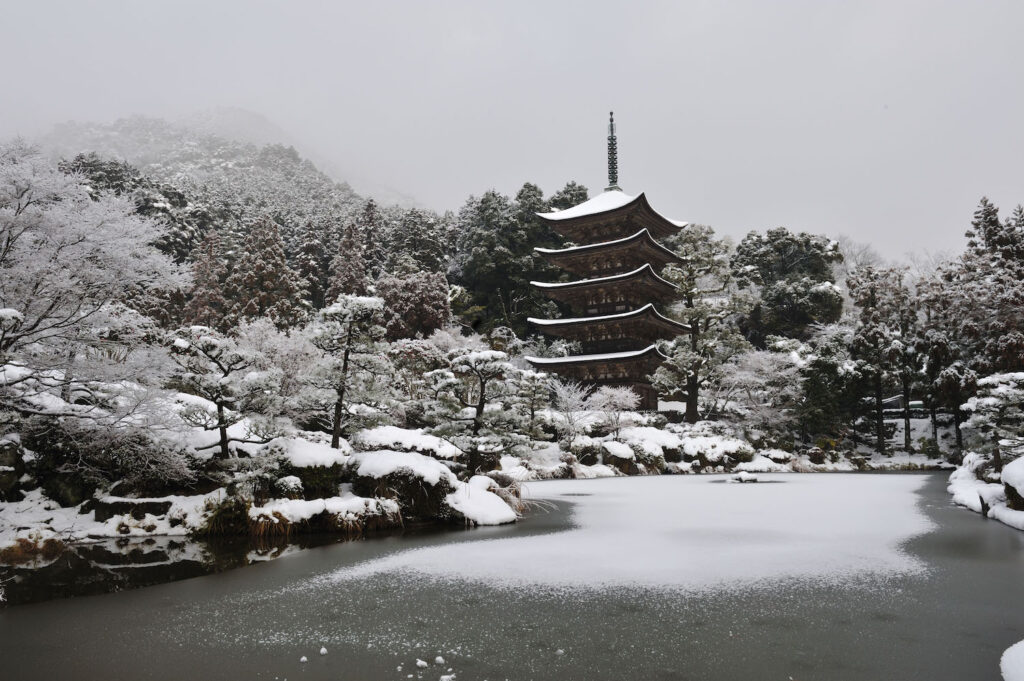
Outline
During the height of the early Ōuchi clan, the 25th head, Ōuchi Yoshihiro, invited Zen Master Shippeshikai to the present-day Kōzan Park and founded Kōshakuji Temple.
In 1399 (Ōei 6), Yoshihiro died in battle against Ashikaga Yoshimitsu in Senshū.
To honor his brother’s spirit, the 26th head, Ōuchi Morimi, began constructing the Five-Storied Pagoda at Kōshakuji Temple. However, Morimi was killed in battle against the Shōni clan of Kyushu before its completion.
The Five-Storied Pagoda was later completed around 1442 (Kakitsu 2).
After some time, following the Battle of Sekigahara, Mōri Terumoto relocated to Hagi and moved Kōshakuji Temple there.
In its place, Rurikoji Temple was relocated from Niho to the original site.
This is the present-day Rurikoji Temple that stands today.
Among the existing five-storied pagodas in Japan, it is the 10th oldest and is considered one of the Three Great Pagodas of Japan, renowned for its beauty. It is also regarded as the most outstanding architectural work of the mid-Muromachi period. The other two Three Great Pagodas of Japan are located at: Hōryūji Temple in Nara Prefecture Daigoji Temple in Kyoto Prefecture In addition, Rurikoji Temple's pagoda, with its hinoki-bark roof, is one of the few remaining examples of this architectural style, along with those at: Murōji Temple and Hasedera Temple in Nara Prefecture Itsukushima Shrine in Hiroshima Prefecture
This National Treasure, the Five-Storied Pagoda, stands gracefully against the backdrop of cherry blossoms and maple trees on the hillside, serving as a symbol of Yamaguchi tourism and elegantly conveying the legacy of Ōuchi culture. Additionally, the pagoda is illuminated from sunset until 10:00 PM, making it a spectacular sight to behold even at night.
The structure of the five-storied pagoda
The Five-Storied Pagoda stands 31.2 meters tall up to the tip of the sorin (finial). Each tier has widely extended eaves, and the hinoki-bark roof has a gentle slope. The pagoda body becomes progressively narrower toward the top, giving it a slim and refined appearance. In contrast, the first tier is relatively tall, with thicker pillars and a surrounding balcony with railings on the second tier, giving the structure a sense of stability. Since the Kamakura period, three architectural styles have emerged: Wayo (Japanese style) Kara-yo (Chinese Zen style) Tenjiku-yo (Great Buddha style) This pagoda primarily follows the Wayo style, with some Zen elements incorporated, and features minimal decoration, which is characteristic of Muromachi period architecture.
Major Restoration of Rurikoji Temple Five-Storied Pagoda (National Treasure)
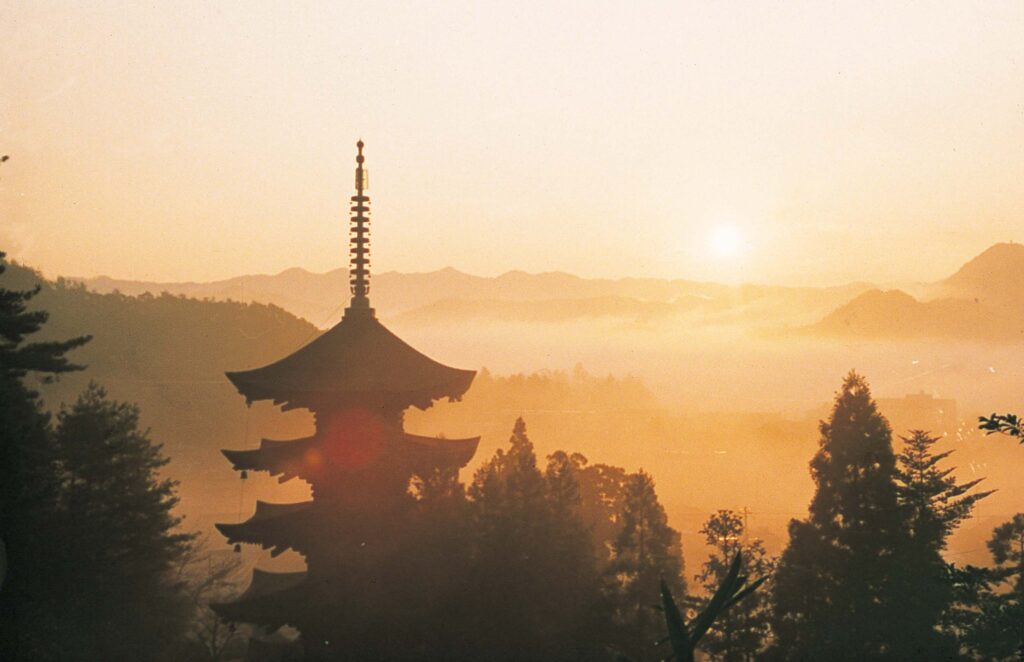
Copyright Yamaguchi Tourism Convention Association All Rights Reserved.

